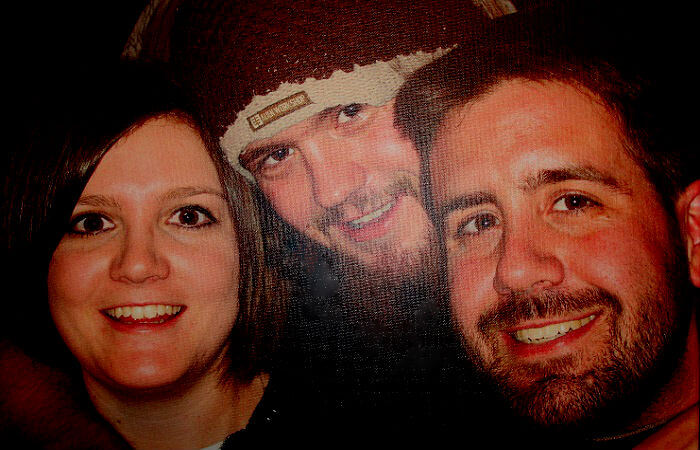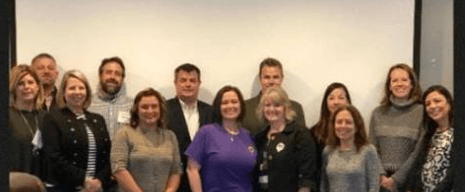Turning Grief Into A Power for Change
How the voices of survivor advocates can make a big impact.
How the voices of survivor advocates can make a big impact.

I was fortunate to attend a recent workshop for the Survivor Advocate Network hosted by the National Safety Council. The workshop was intended to help advocates to tell and amplify their stories while also driving discussion on how policy can make the world safer. The individuals in attendance shared heartbreaking stories of loss due to distracted driving, workplace violence and the opioid epidemic.
I share an unfortunate common thread with these survivors. I lost my little brother, J.T., to the opioid epidemic.
J.T. was best man at my wedding and a best friend to many. His passing 11 years ago was before opioids were on the news every night – at the beginning of this horrible epidemic we now face. While in treatment, he was very candid about his use of opioids, and where and how easily he could get OxyContin and other drugs.
Back then, I was very confused by all this. I initially ran from talking about J.T. after his passing, in part because of the stigma attached to drug addiction. About five years ago, as the opioid epidemic grew nationally, I used my career skills in GIS and mapping to spread awareness about the increase in overdoses.
I first connected with the National Safety Council through our shared work with opioids. Our partnership expanded when the Council adopted the Celebrating Lost Loved Ones map I created in 2016, which enabled me to finally share J.T.’s story online. Hundreds of survivors, including several NSC advocates, have added their own loved ones to this map.
Sharing survivor stories is critical, as I have learned. These stories do more than put faces to data — they can create real change. In one such case, I “virtually” met Dustin, who shared the loss of his son, Brady, on the map. Sharing these stories has led survivors to create their own nonprofits, such as Brady’s Hope, LTM Foundation and 525 Foundation. These extraordinary groups are spreading awareness and driving policy in their own localities.
Likewise, when local organizations partner with local governments to help showcase real data, it impresses the importance of the epidemic on their communities. This is why data behind the Opioid Mapping Initiative is so important. Beyond just raising awareness, this work is critical in providing potentially life-saving information on Naloxone, and where to drop off unused medications. In many cases, nonprofits also raise funds to place new drop boxes or get Naloxone kits.
Advocacy works best at a local level, but by coming together and sharing stories as survivors, we also show that common problems can be solved through collaboration and the active use of technology.
At the workshop, I was amazed by the strength of the people I met. They reminded me of something Professor Marshall Ganz shared at the Public Interest Technology Summit I recently attended at the Harvard Kennedy School. He talked about the potential for organizing to make impactful change, and empowering people who possess direct experience to find solutions for problems all around us:
“Unless the people with the problems become authors of the solution, change won’t happen.”
– Marshall Ganz, Harvard Kennedy School Public Interest Technology Summit
 NSC Survivor Advocates
NSC Survivor Advocates
With a century-long legacy, the National Safety Council is a global center for safety expertise. Let's work together to align resources. We look forward to learning about ways we can join efforts to expand safety everywhere!
There are no items in your cart